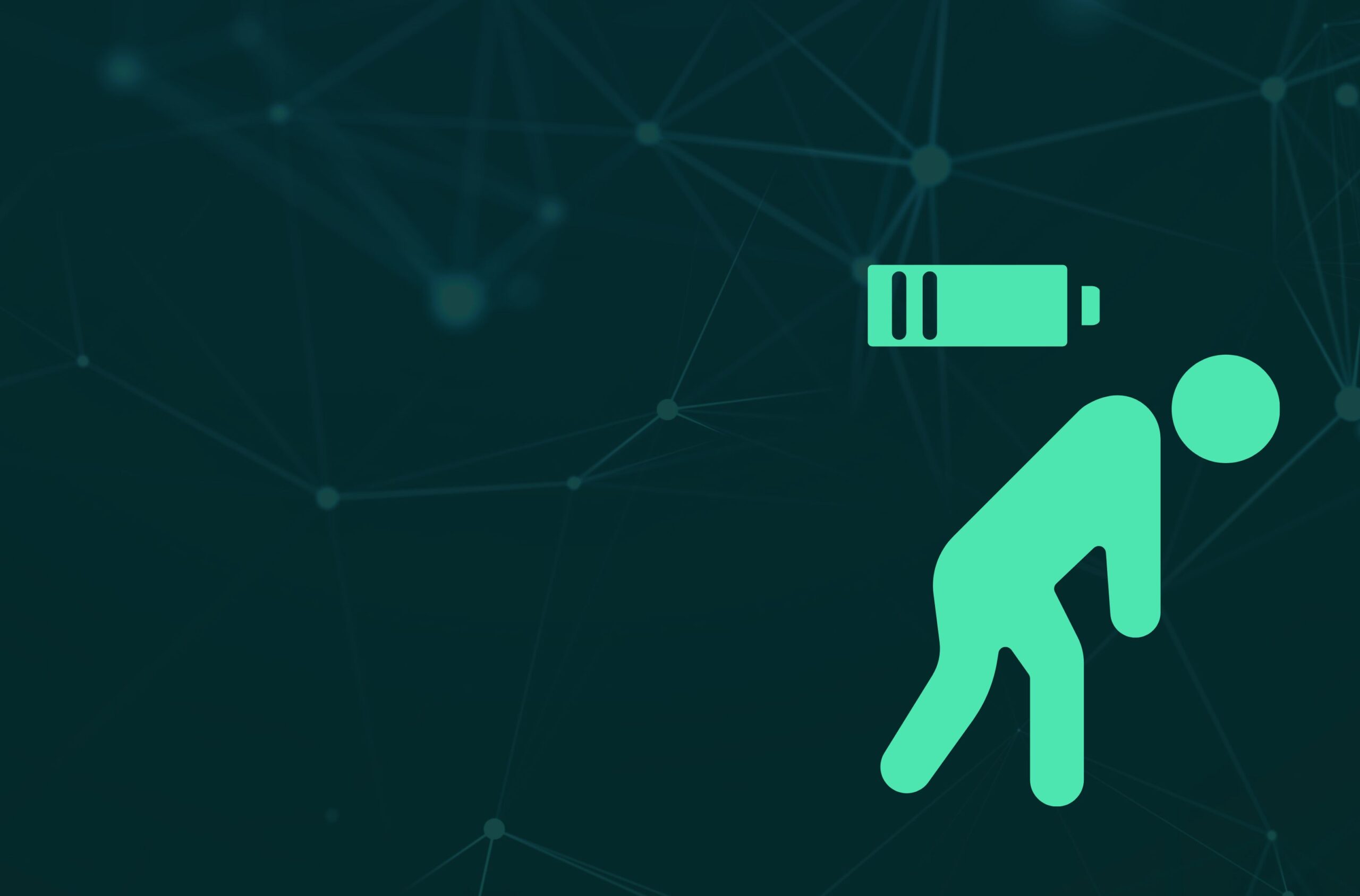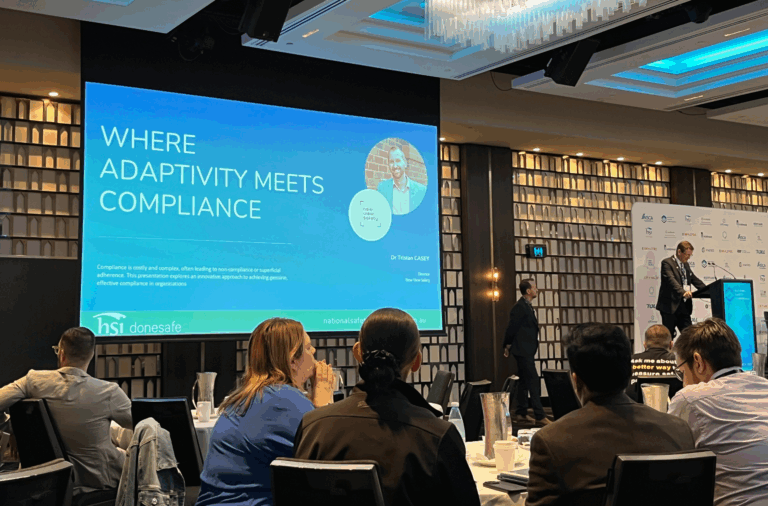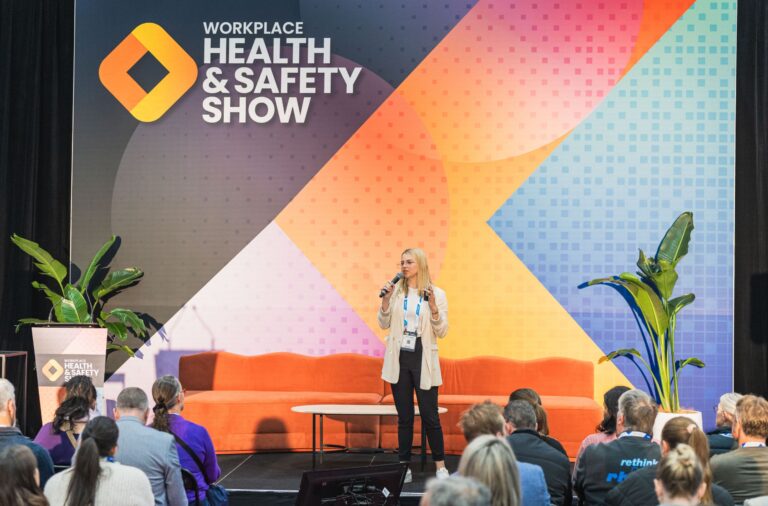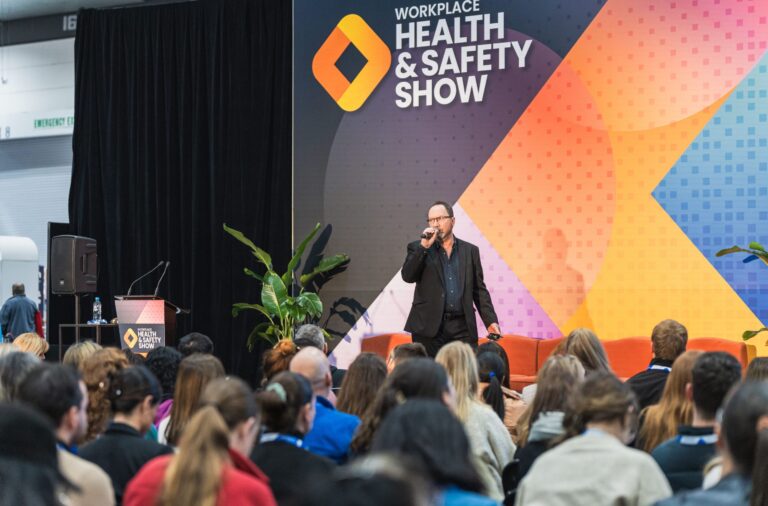
Why This Matters to Your Workplace
You’ve likely noticed more employees, especially younger generations like Gen Z, are openly taking time off for their mental health. For them, it’s become a normal and necessary part of maintaining wellbeing.
In Australia, one in three workers report feeling burnt out, with that figure rising to 45% for Gen Z and 41% for Millennials (News Corp Growth Distillery and Medibank, 2025). These numbers reflect the increasing pressures of today’s workplace and economic climate on employee wellbeing.
Gen Z workers are particularly proactive in managing their health, taking nearly twice as many sick days as Baby Boomers, averaging 14.3 days per year compared to 8.9 for Baby Boomers (Yahoo Finance, 2025). As awareness grows about how mental health impacts job performance and satisfaction, experts like Dr Emily Musgrove note that employees are increasingly comfortable prioritising self-care, understanding it ultimately supports engagement, productivity, and career longevity.
Burnout Is More Than Being Tired
Burnout is a serious safety risk. It often presents as:
- Emotional or physical exhaustion
- Reduced focus, leading to missed details or slower reactions
- Detachment from work and responsibilities
In workplaces with safety-critical roles, these symptoms can directly impair hazard awareness, decision-making, and compliance with safety procedures.
Mental health-related absenteeism and presenteeism (where employees are physically present but mentally disengaged) cost Australian businesses an estimated $10.9 billion annually, with presenteeism alone accounting for $6.1 billion in lost productivity. On average, 6.5 working days of productivity are lost annually per employee as a result of presenteeism (WorkSafe, 2019). Reflecting changing attitudes, 62% of Australians now feel comfortable taking a mental health day, signaling growing recognition of its importance.
The Benefits for You and Your Team
- Fewer Incidents
Allowing recovery time helps employees return sharper and more focused, reducing mistakes. - Better Productivity
Short, proactive breaks can prevent long-term absences. - Retention and Engagement
When your team knows mental wellbeing is taken seriously, they’re more likely to stay and to give their best. - A Stronger Safety Culture
Your approach sets the tone. Treating mental health as part of safety tells your people it’s safe to speak up before burnout escalates.
Challenges You’ll Need to Manage
- Policy Consistency
If mental health leave isn’t clearly defined, managers might interpret it differently creating confusion or inequity. - Perception and Stigma
Some team members may still feel mental health leave is “less valid,” meaning they push through instead of taking needed time off. - Operational Disruption
Frequent short-notice absences can impact scheduling especially in small or shift-based teams.
How to Make Mental Health Days Work for Your Organisation
- Put It in Writing
Include mental health days in your leave policies. Make them easy to request, without complicated approvals. - Equip Your Leaders
Train managers to recognise burnout and respond without judgement. - Use Your Data
Track trends with tools like Donesafe’s reporting and analytics so you can see where burnout is building before it causes bigger issues. - Follow Up
Pair leave with support such as check-ins, workload reviews, or EAP access, so the time off has a lasting impact.
What could your workplace gain by using mental health days proactively?
Mental health days are not just a “nice extra”; they’re an essential part of supporting your employees’ overall wellbeing. A weekend off isn’t enough to prevent burnout when workplace pressures keep mounting.
By giving your people space to genuinely recharge, you help them come back refreshed, focused, and ready to perform at their best. When employees feel supported and healthy, their engagement deepens, their safety awareness improves, and their job satisfaction grows.
Integrating mental health days into your safety strategy strengthens retention, boosts productivity, and builds operational resilience.
Effectively managing mental health days is a clear, tangible way to safeguard wellbeing, enhance safety, and improve overall workplace performance.
Take control of workplace wellbeing with Donesafe’s Psychosocial Module designed to help you identify, assess, and manage psychosocial risks before they impact your team. Easily track mental health trends, streamline reporting, and create a safer, more supportive work environment. Or, book a call and let’s chat about how Donesafe empowers you to protect your people and boost performance.
Share:


